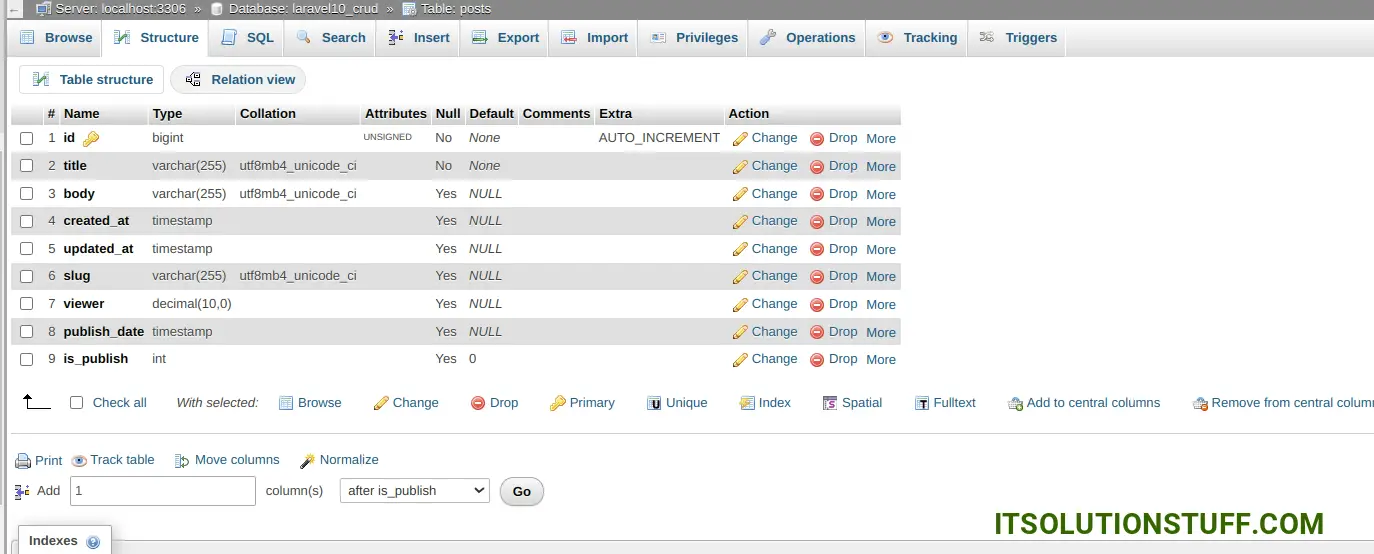Laravel Migration Remove Default Value Example
Hello Folks,
This detailed guide will cover laravel migration remove default value. we will help you to give an example of how to remove default value in laravel migration. This post will give you a simple example of laravel remove default value migration. This tutorial will give you a simple example of laravel migration remove column default value.
Laravel migration provides way to add column name and datatype with default value '0' or nullable. But if you need to change column default value then you have to install doctrine/dbal package to change default value. In this example i will show you two ways to change column default value in laravel migration.
In this example, i will add publish_date column timestamp with nullable, then i will remove default value null from publish_date column.
So, let's see the simple example of laravel migration change default value.
Install doctrine/dbal: optional
First of all we need to install "doctrine/dbal" composer package. This package allow to use change() method to update datatype using laravel migration.
composer require doctrine/dbal
Default Created Table
Here, you will see the default created table screenshot.

Way 1: Create Migration
Create new migration using following command:
php artisan make:migration change_datatype_column
Now, You can update it as like the bellow:
database/migrations/migration_name.php
<?php
use Illuminate\Database\Migrations\Migration;
use Illuminate\Database\Schema\Blueprint;
use Illuminate\Support\Facades\Schema;
return new class extends Migration
{
/**
* Run the migrations.
*/
public function up(): void
{
Schema::table('posts', function (Blueprint $table) {
$table->timestamp('publish_date')->nullable(false)->change();
});
}
/**
* Reverse the migrations.
*/
public function down(): void
{
Schema::table('posts', function (Blueprint $table) {
});
}
};
Now, you are ready to run migration command:
php artisan migrate
Way 2: Create Migration
Create new migration using following command:
php artisan make:migration change_datatype_column
Now, You can update it as like the bellow:
database/migrations/migration_name.php
<?php
use Illuminate\Database\Migrations\Migration;
use Illuminate\Database\Schema\Blueprint;
use Illuminate\Support\Facades\Schema;
return new class extends Migration
{
/**
* Run the migrations.
*/
public function up(): void
{
\DB::statement('ALTER TABLE `posts` CHANGE `publish_date` `publish_date` TIMESTAMP NOT NULL;');
}
/**
* Reverse the migrations.
*/
public function down(): void
{
Schema::table('posts', function (Blueprint $table) {
});
}
};
Now, you are ready to run migration command:
php artisan migrate
I hope it can help you...

